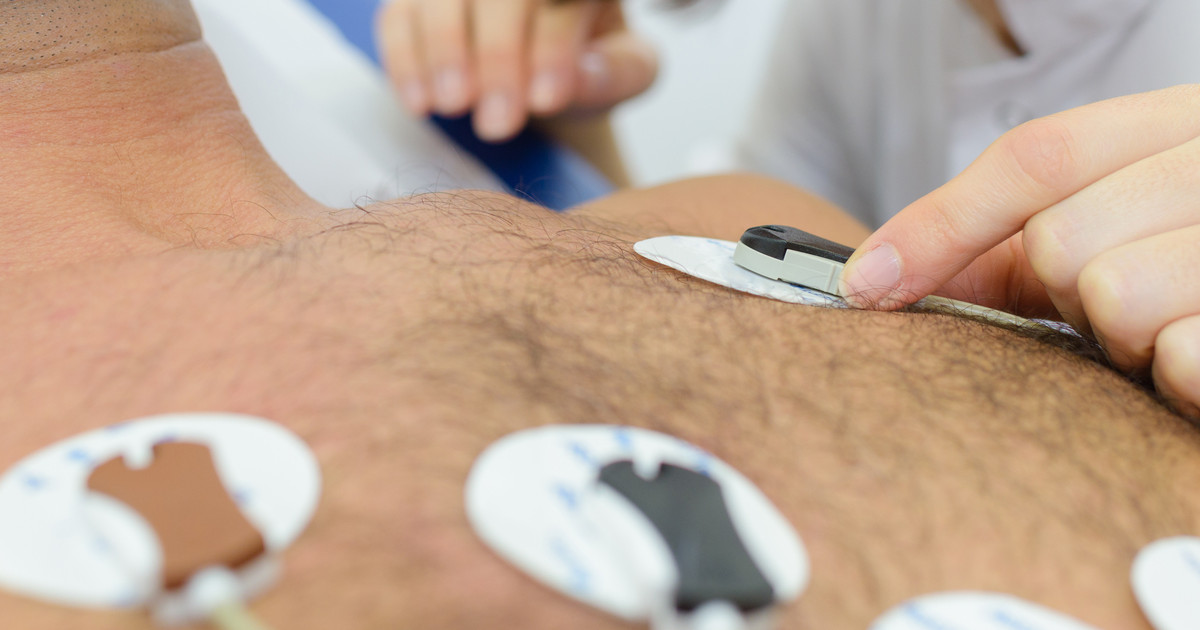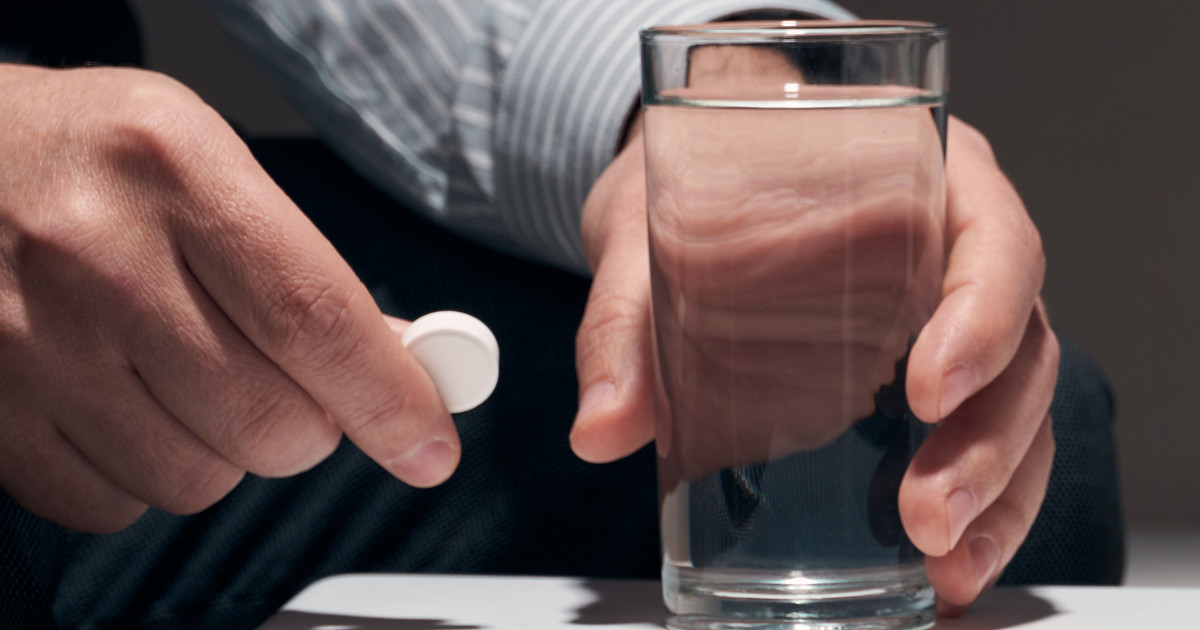What Is Cardioversion?
Preparing For The Procedure
If patients scheduled their procedure, their doctor may ask them to avoid eating or drinking anything at least eight hours before their appointment. Doing so may interfere with the safety and effectiveness of cardioversion. However, they should also discuss the medications that they take. Some medications seem to interfere with this procedure as well. If they do not interfere, doctors may ask their patients to take their medication with only the water they need to swallow the pill. They should minimize the water as much as possible if they are likely to take the medication within eight hours of their procedure.
Some patients may have blood clots or be at a higher risk of them. If this is the case, some doctors appear to test for clots before cardioversion. The reason for this seems to be that the procedure can cause blood clots to break free and trigger severe complications. This may include a heart attack or a stroke. Patients who have a blood clot may be asked to take anticoagulants for a few weeks or a month and schedule the procedure after that.
Get the details on how the procedure should work next.
How The Procedure Should Work
Chemical cardioversion seems to use intravenous medication to help stabilize the patient's heart. This should increase the chances of success. However, it may be possible for patients to receive the medication in another way.
With electrical cardioversion, a nurse or technician should place electrodes on the patient's chest. The nurse may also be the one to administer the intravenous sedative so that the patient will sleep through the procedure. A machine that connects to the electrodes should record the patient's heart rate and rhythm and then calibrate the appropriate electrical shock. The machine should then administer the shock. This whole procedure may only take a few minutes. Once patients recover from the sedative, they may be able to return home.
Keep reading to uncover the possible risks of this procedure next.

